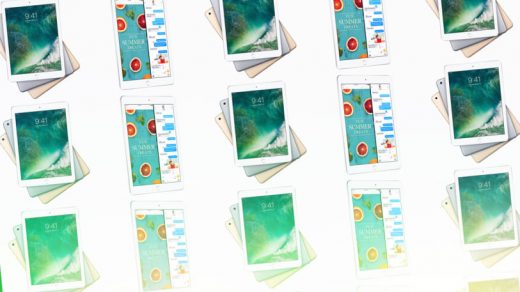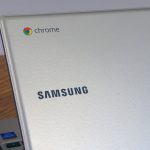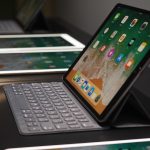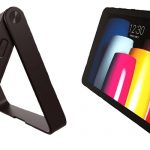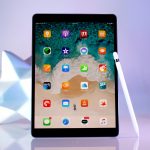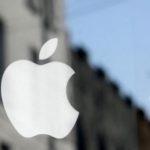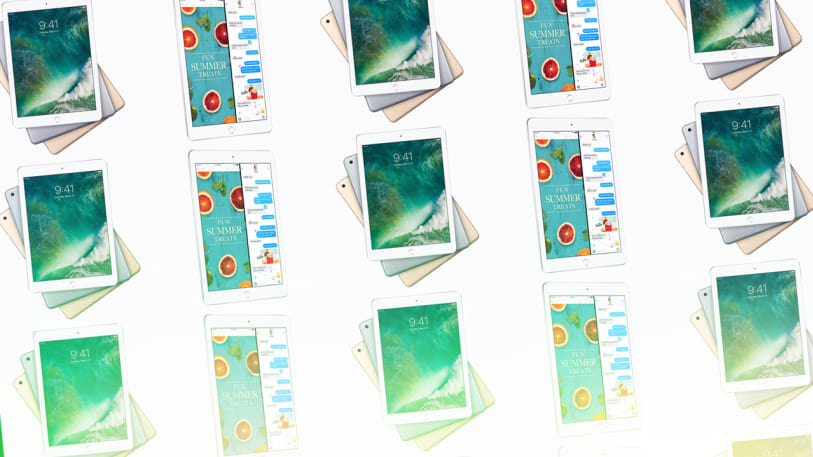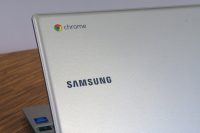With Its Cheap New iPad, Apple Wants To Overcome The Perils Of Premium Pricing
Nobody knows more about commanding a premium price for hardware–and reaping the reward in high profits–than Apple. But its long-suffering iPad has finally succumbed to the realities of the tablet marketplace.
Though rumor had it that the company might release upgraded iPad Pro models in March, the sole new iPad that the company announced today is a 9.7″ model called, simply, iPad. It packs a more powerful processor than the iPad Air 2 it’s replacing, but its starting price of $329 is $70 cheaper. (Signs of cost-cutting include the fact that the new model lacks the antireflective coating and fully laminated display of other iPads, and is slightly chunkier than the Air 2.)
Sales of the iPad have been shrinking over the past few years: Apple sold 13.3 million iPads in the last quarter of 2016, a 19% drop from the same quarter a year earlier. It sold 43% fewer iPads in 2016 than it did in 2013. The main problem is that consumers are far less inclined to upgrade their iPads than they are their iPhones. And the higher the price of a new iPad, the easier the decision to stick with what you’ve got.
“Apple thinks if they offer a new iPad at a very attractive price, current iPad users will finally be tempted to upgrade,” said Above Avalon analyst Neil Cybart in a Tuesday morning brief. “There are approximately 150 million people (my estimate) currently using a 9.7-inch iPad [and] up to now, Apple has been unable to get these people to upgrade to a newer iPad.”
Jackdaw Research analyst Jan Dawson points out that Apple’s intent to create a two-tiered product line is now obvious.
“The new iPad drops the Air branding, and offers specs a year or two behind the iPad Pro line, while reducing the price to the lowest in Apple’s iPad lineup, at $329,” he wrote in a Tuesday research note. The Pro models have superior processors and more memory, as well as added features like the Pencil stylus and the Smart Keyboard. That makes the lower tier of iPads logical choices to be used primarily as content consumption devices, while the full-featured models in the upper tier can be used for creative and productivity purposes.
Daw also points out that for the first time it’s more economical to buy a new 9.7-inch iPad model than to buy the more recent iPad mini, which still starts at $399.
In recent quarters, we’ve seen iPad unit sales numbers falling in rough proportion to revenue numbers. With the establishment of the two-caste system in the iPad line, the unit sales numbers may start to recover without boosting the total revenue.
And profits will likely suffer. Apple’s products have famously high margins, usually in the neighborhood of 40%. But iPad margins have very likely been well below that, and the lowered price point on the new model won’t help.
More iPhone For Your Money
Nor is the iPhone immune from the problem of premium pricing. Last year’s iPhone SE was meant to be Apple’s sub-$400 answer to the needs of emerging markets like India and China. But competition in those countries is tough, due to competition from the local smartphone brands. And the smartphone market worldwide is cooling off as it matures, leaving fewer brand-new buyers in the mix.
Today Apple announced that it’s sweetening the iPhone SE deal by doubling the memory in both models of the phones will retaining the same prices. The $399 16GB model moves to 32GB, and the $499 64GB model goes to 128GB.
Fast Company , Read Full Story
(44)

